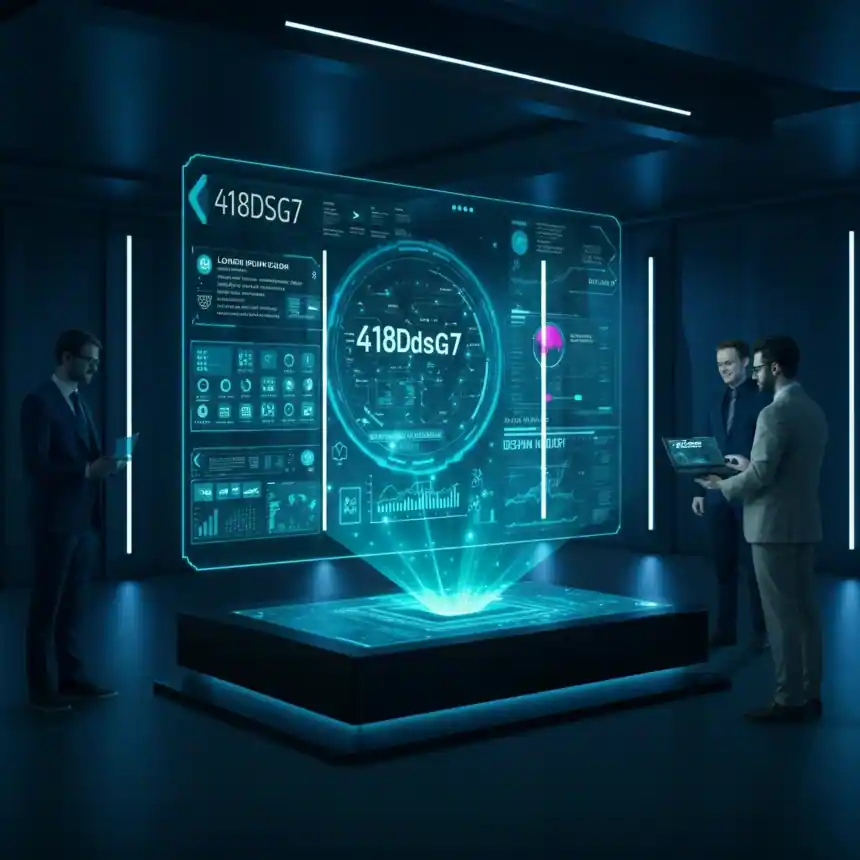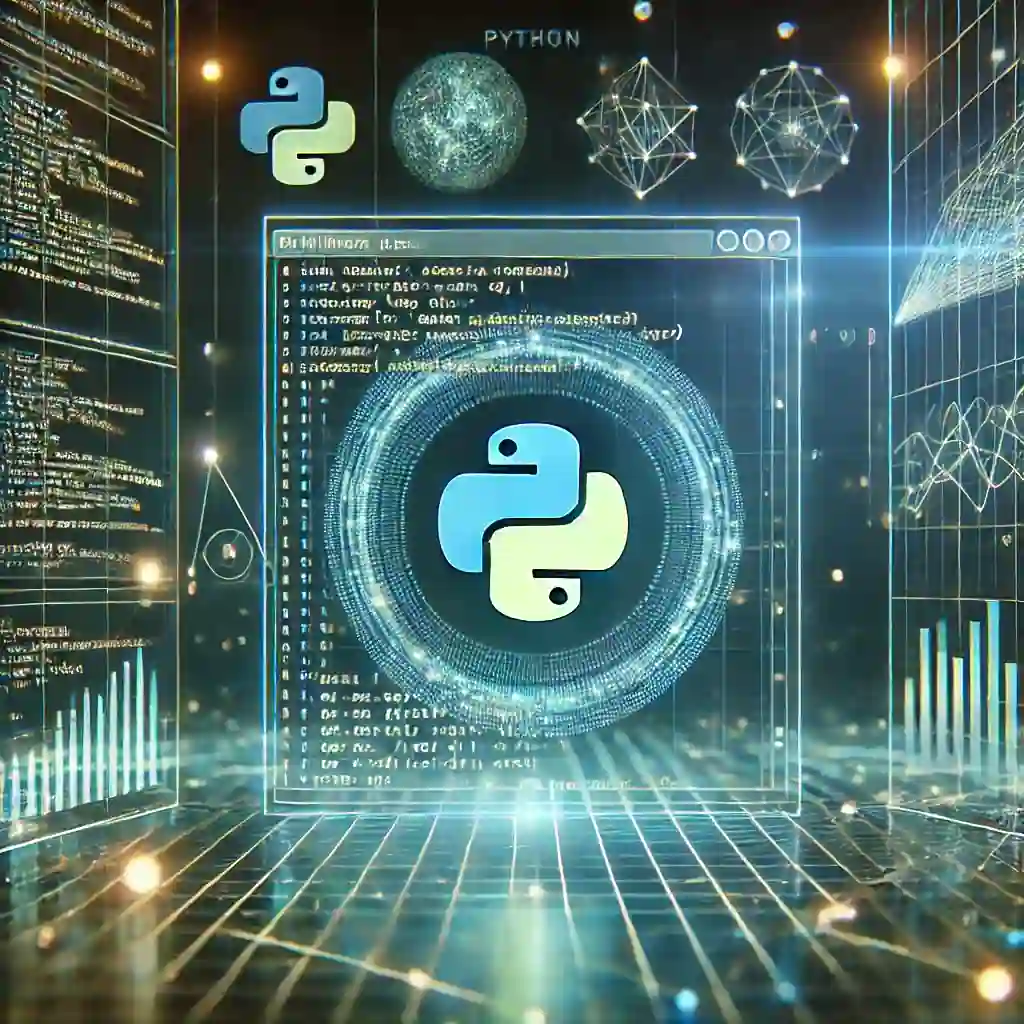What is 418dsg7 Python?
418dsg7 Python is a term gaining popularity in the programming world. While not an official designation, it represents a structured approach to learning Python efficiently. Python is one of the most versatile and beginner-friendly programming languages available today. Its simple syntax, extensive libraries, and cross-platform capabilities make it an excellent choice for developers of all levels.
Why Learn Python in 2025?
Python continues to be one of the most sought-after programming languages across industries. Some key reasons to learn Python in 2025 include:
- High Demand: Python is used in web development, data science, AI, cybersecurity, and automation.
- Career Opportunities: Companies like Google, Facebook, and Netflix use Python extensively.
- Ease of Learning: Python’s readable syntax makes it an ideal language for beginners.
- Community Support: A vast global community contributes to Python’s resources and support.
Setting Up Python for Beginners
Before diving into Python programming, setting up the right environment is crucial.
Best Python IDEs and Tools
- PyCharm – A professional-grade IDE with powerful features.
- VS Code – A lightweight yet highly extensible code editor.
- Jupyter Notebook – Best for data science and interactive coding.
- Anaconda – A Python distribution with pre-installed scientific libraries.
Installing Python
To install Python:
- Download the latest version from Python.org.
- Run the installer and enable the option “Add Python to PATH.”
- Verify installation by running
python --versionin the command line.
Writing Your First Python Program
Once installed, you can write your first Python script:
print("Hello, World!")This simple program prints “Hello, World!” to the screen.
Python Syntax and Basics
Understanding Python syntax is essential. Here are some basic elements:
Variables and Data Types
name = "Alice" # String
temperature = 25.5 # Float
is_raining = False # BooleanLoops and Conditionals
for i in range(5):
print(i)
if temperature > 20:
print("It’s warm outside.")Object-Oriented Programming in Python
Python supports OOP principles, making it a powerful language for software development.
- Classes and Objects: Define reusable structures.
- Inheritance: Create relationships between classes.
- Polymorphism: Allow methods to behave differently based on input.

Example:
class Animal:
def speak(self):
return "Sound"
class Dog(Animal):
def speak(self):
return "Bark"
my_dog = Dog()
print(my_dog.speak()) # Output: BarkPython for Web Development
Python is widely used for backend development. The two most popular frameworks are:
- Flask – A lightweight framework, ideal for small projects.
- Django – A full-featured framework suitable for scalable applications.
Example Flask app:
from flask import Flask
app = Flask(__name__)
@app.route('/')
def home():
return "Hello, Flask!"
if __name__ == '__main__':
app.run(debug=True)Python for Data Science and AI
Python dominates the data science field with powerful libraries:
- Pandas – Data manipulation and analysis.
- NumPy – Numerical computing and matrix operations.
- Matplotlib & Seaborn – Data visualization.
- TensorFlow & PyTorch – Machine learning and deep learning.
Python for Automation and Scripting
Python is excellent for automating repetitive tasks. Example:
import os
os.system("echo Automating with Python!")Debugging and Error Handling in Python
Common Python errors include:
- SyntaxError – Incorrect syntax.
- TypeError – Incompatible types.
- IndentationError – Wrong indentation.
Use try-except blocks for error handling:
try:
print(10 / 0)
except ZeroDivisionError:
print("Cannot divide by zero!")Advanced Python Concepts
- Decorators – Modify functions dynamically.
- Generators – Yield values lazily.
- Multithreading – Improve program efficiency.
- Lambda Functions – Short, anonymous functions.
Example of a decorator:
def my_decorator(func):
def wrapper():
print("Something before the function runs.")
func()
print("Something after the function runs.")
return wrapper
@my_decorator
def say_hello():
print("Hello!")
say_hello()
Best Resources to Learn Python
- Books: “Python Crash Course” by Eric Matthes, “Automate the Boring Stuff with Python” by Al Sweigart.
- Online Courses: Udemy, Coursera, Codecademy.
- Coding Challenges: LeetCode, HackerRank, CodeWars.
FAQs on Python Programming
1. Is Python good for beginners?
Yes! Python’s simple syntax makes it ideal for beginners.
2. How long does it take to learn Python?
It depends on dedication, but 3-6 months is a good estimate.
3. Can I build mobile apps with Python?
Yes, using frameworks like Kivy and BeeWare.
4. What industries use Python the most?
Data science, AI, finance, web development, and automation.
5. Is Python faster than Java?
Not in execution speed, but it’s faster in development time.
6. Can Python replace other programming languages?
It depends on the use case. While Python is versatile, some languages are better for specific tasks.
Conclusion
Mastering Python in 2025 is an excellent career move. Whether you’re a beginner or an experienced developer, Python’s vast ecosystem ensures endless possibilities. Start coding today!
